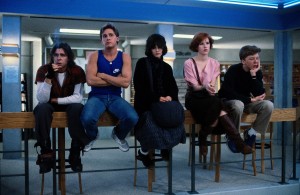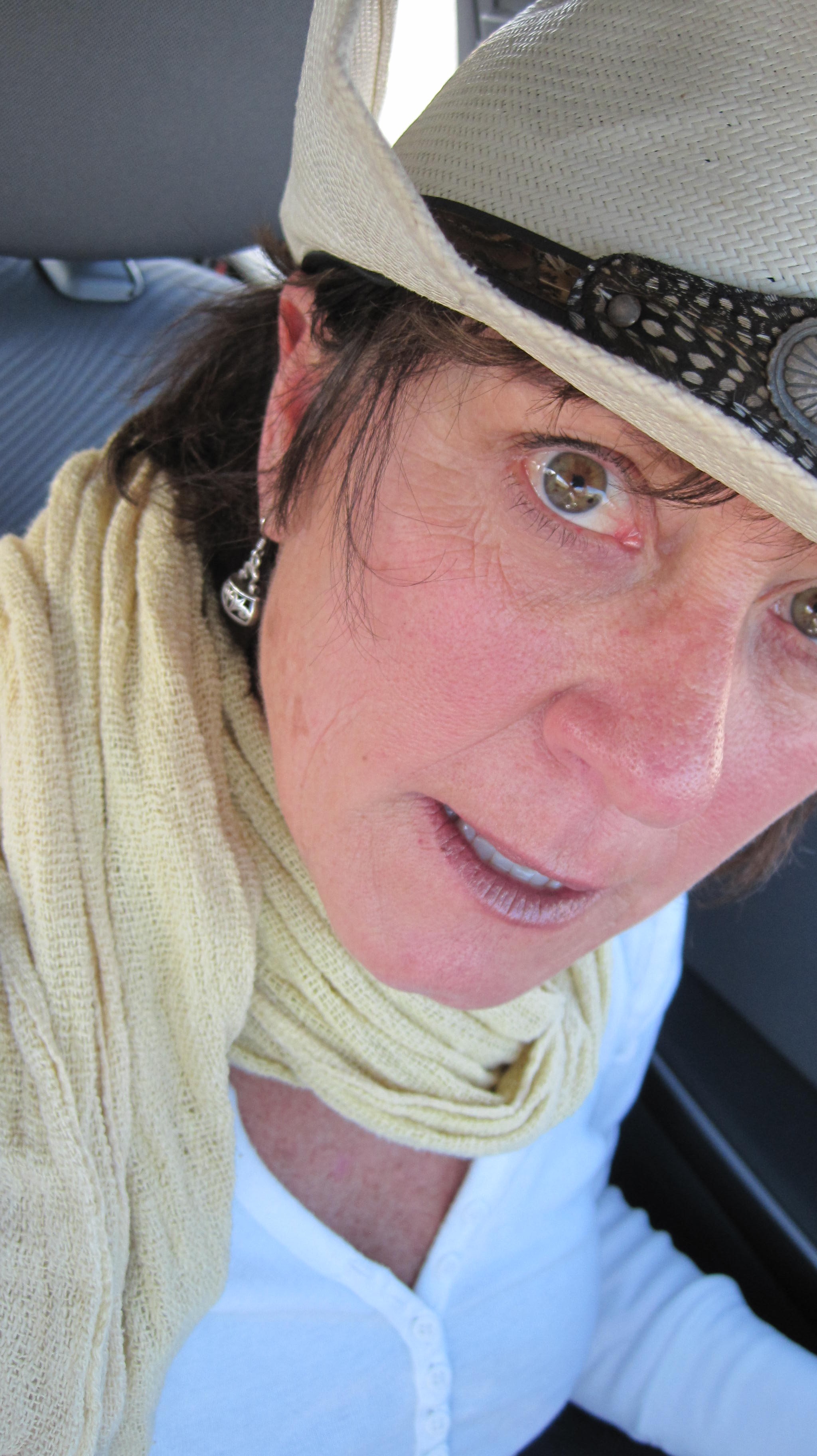 About six of us clustered in the kitchen of a friend’s house recently. We had gathered for a party to share food, wine and stories. One friend congratulated me on my new job, and our group conversation topic veered. Our stories became tales of High School Hell. We took turns one-upping each other with our memories of misery: our geekiness, our awkwardness, our painful lurching toward young adulthood.
About six of us clustered in the kitchen of a friend’s house recently. We had gathered for a party to share food, wine and stories. One friend congratulated me on my new job, and our group conversation topic veered. Our stories became tales of High School Hell. We took turns one-upping each other with our memories of misery: our geekiness, our awkwardness, our painful lurching toward young adulthood.
There were more than 1,500 kids in my central Florida public high school. The teachers were them; we were us. It was called education, but it felt to me that the aim of the place was herding, taming and regimenting us by tamping down any sparks of otherness.
My visuals are hazy, but I do remember long hallways lined with lockers and painted a blanched, institutional tan. There were bells and schedules and a gym and algebra. I fuzzily remember a teacher or two and the voice of our principal as he droned the morning announcements over the crackly PA system. What pierces the cloud cover over my memories more acutely is the way I felt. My misery had texture. My angst was a food group. My aloneness was a low-grade fever.
I know my alienation was most likely a result of the hazards of adolescence rather than the limitations of my school. And I also know that back then there were fewer examples of who to be and how to be.
When I was in high school the prevailing caste system was limited and unimaginative. The groups were the tropes in coming-of-age movies from The Breakfast Club to Fast Times at Ridgemont High: jocks, cheerleaders, stoners and nerds. Four boxes for the most tumultuous passage in our lives. Four colors of OK in the high school spectrum. That’s crazy math.
I did not fulfill the citizenship requirements for any of those groups, and like hundreds of others, I spent my high school years as a disenfranchised, orbiting satellite, separate and self doubting, alighting occasionally but always alone, always at the ready to float away to avoid possible ridicule, shaming and shunning.
Who was I? Where was my tribe? Where were the others who looked and longed and felt like me? In high school I never found them. I think we were all hiding from one another lest we be humiliated for not conforming. I took refuge in writing overwrought poetry, weeping to Joni Mitchell albums and medicating with Little Debbie oatmeal pies. The only time I felt realized and affirmed was during an after-school activity in my senior year. I joined the staff of our high school literary magazine, The Tam O’Shanter. One of my jobs was to help select the overwrought poetry submitted to us like SOS messages floating our way from others who did not fit in.
Surfing on the circles that constitute my life, I find myself once again back in high school. Five days a week I move among adolescents, watching them with the rapt fascination of an anthropologist. Instead of the size of an auto factory, this high school is small and feels like a fluid family. Instead of four colors, there is the rainbow. Otherness is a badge of honor, something applauded and made space for. In my adulthood I find myself in a high school that gives wide berth, that supports rather than shames. It is a place where teachers are allies rather than adversaries. This high school is another country, a place unfamiliar to the lands I’ve charted throughout my life. And I pledge allegiance.
A few weekends ago I was one of four chaperones for the winter formal. A disco ball threw fractured light on the dance floor. Balloons hung from the ceiling. Smoke machines made the room a dreamscape. I stayed on the perimeter watching about 100 high school students group and parade in their fancy clothes. They danced in groups and pairs. They clustered and gossiped. They strutted and squealed. They were gorgeous, aglow in their youth, radiant with energy.
At some point, everyone on the dance floor formed a circle. Into the circle they went, taking turns to perform their moves for all the others. At the end of each improv performance, the circle erupted into whoops and cheers. The dance-off continued into three songs, four songs, five songs. I watched their flushed, open faces. I saw their shy pride. And on and on they continued dancing to show themselves—and all those around them—who they are and what they can do.
Laura Kelly is the executive director of the Flagstaff Arts and Leadership Academy. Kelly spent 2014 in the tiny, mountainous Central Asian nation of Kyrgyzstan teaching storytelling at the American University of Central Asia. Born a flatlander, she has called Flagstaff home for 11 years. Her book, Dispatches from the Republic of Otherness, is a collection of non-fiction essays about her experiences living and teaching overseas.

